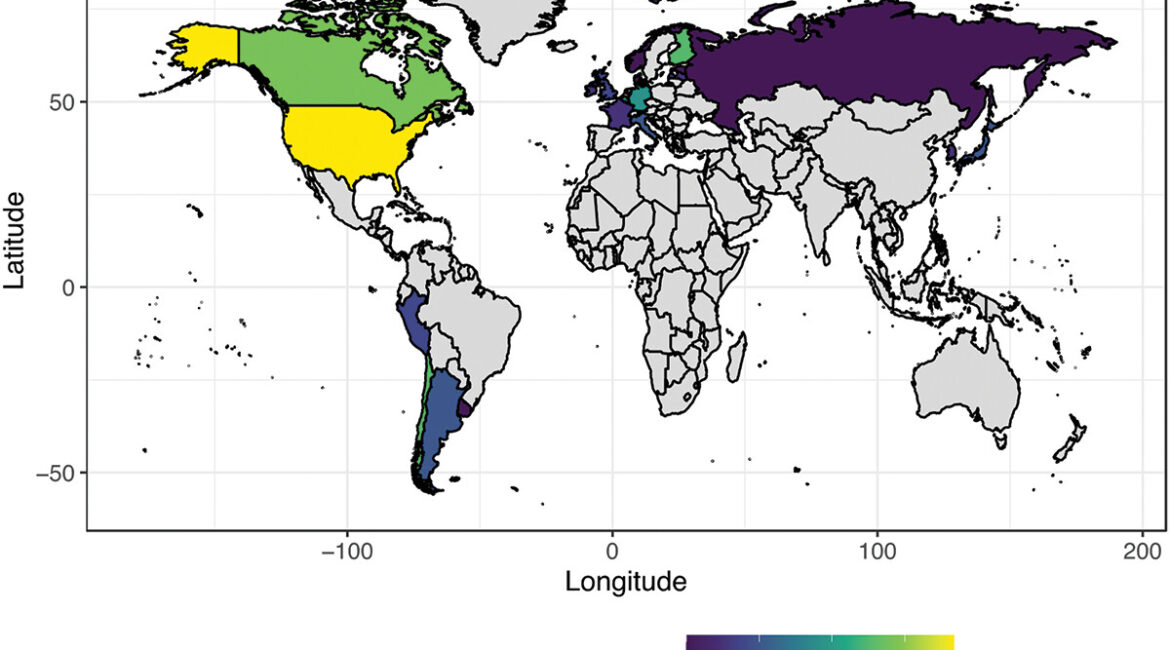Collaborators: Francesco Branda, Marta Giovanetti, Fabio Scarpa, Massimo Ciccozzi
Summary: Current bird flu outbreaks are significantly affecting various animal communities, including poultry, wild birds, and some mammals. There are ongoing efforts to identify genetic mutations in the virus that might increase its ability to spread among birds and mammals, humans included. In this context, Rabalski et al. discovered that domestic cats in Poland are susceptible to the highly pathogenic H5N1 avian influenza, underscoring their potential role in the virus’s transmission. This transmission to cats may occur through consuming infected wild birds or exposure to contaminated poultry products. Mink farming poses a dual threat of pathogen spillover and spillback, with minks serving as potential reservoirs and amplifiers of viruses with pandemic potential. Adaptations in mink populations’ viruses, particularly in the polymerase, resemble those observed in human cases, emphasizing the need to monitor and manage mink farming risks for global public health. Examples include outbreaks in Spain and Finland, indicating minks’ role in virus transmission. Globally, there’s no confirmed transmission of H5N1 from mammals to humans, but circumstances like close contact with infected birds may pose a risk. Despite structural and immune barriers, some avian influenza viruses can infect humans.
Publication Date: 2024-02-27
Journal: Pathogens and Global Health
DOI: https://doi.org/10.1080/20477724.2024.2323843

